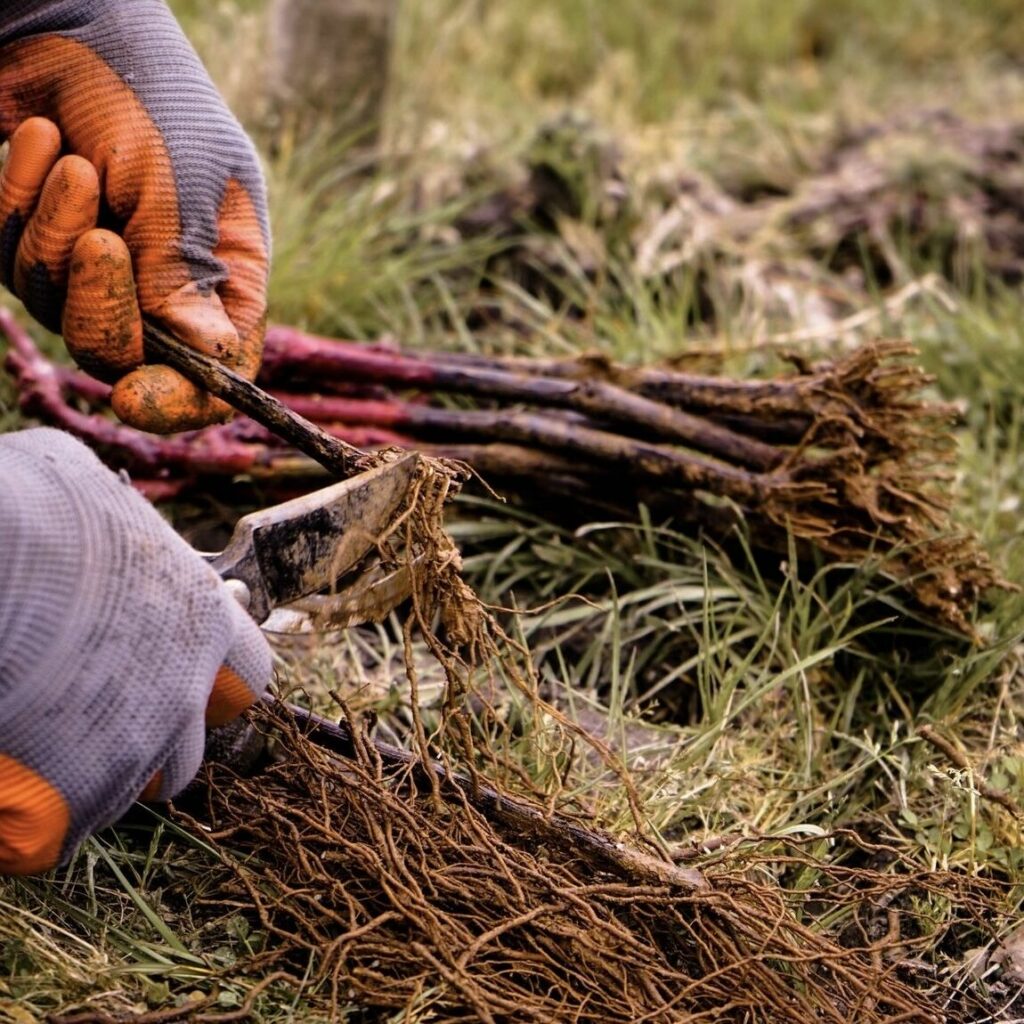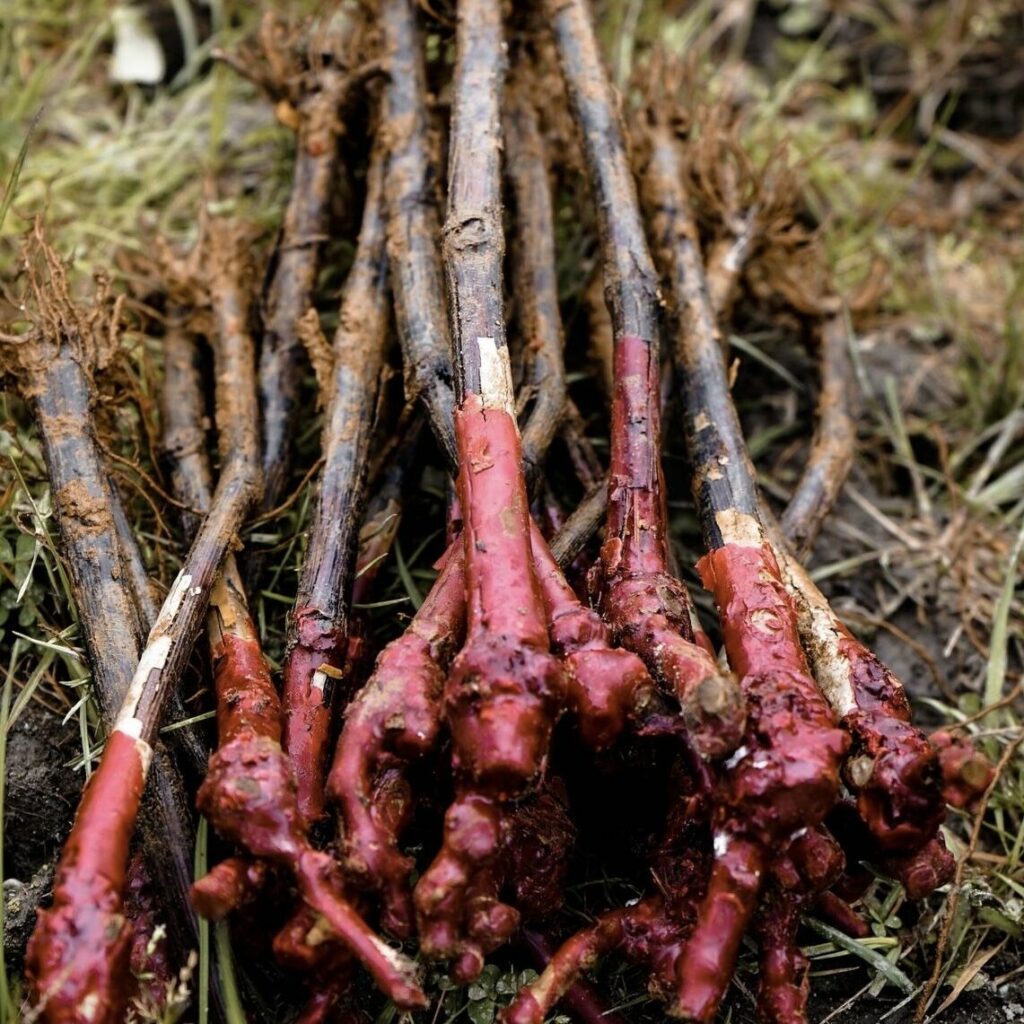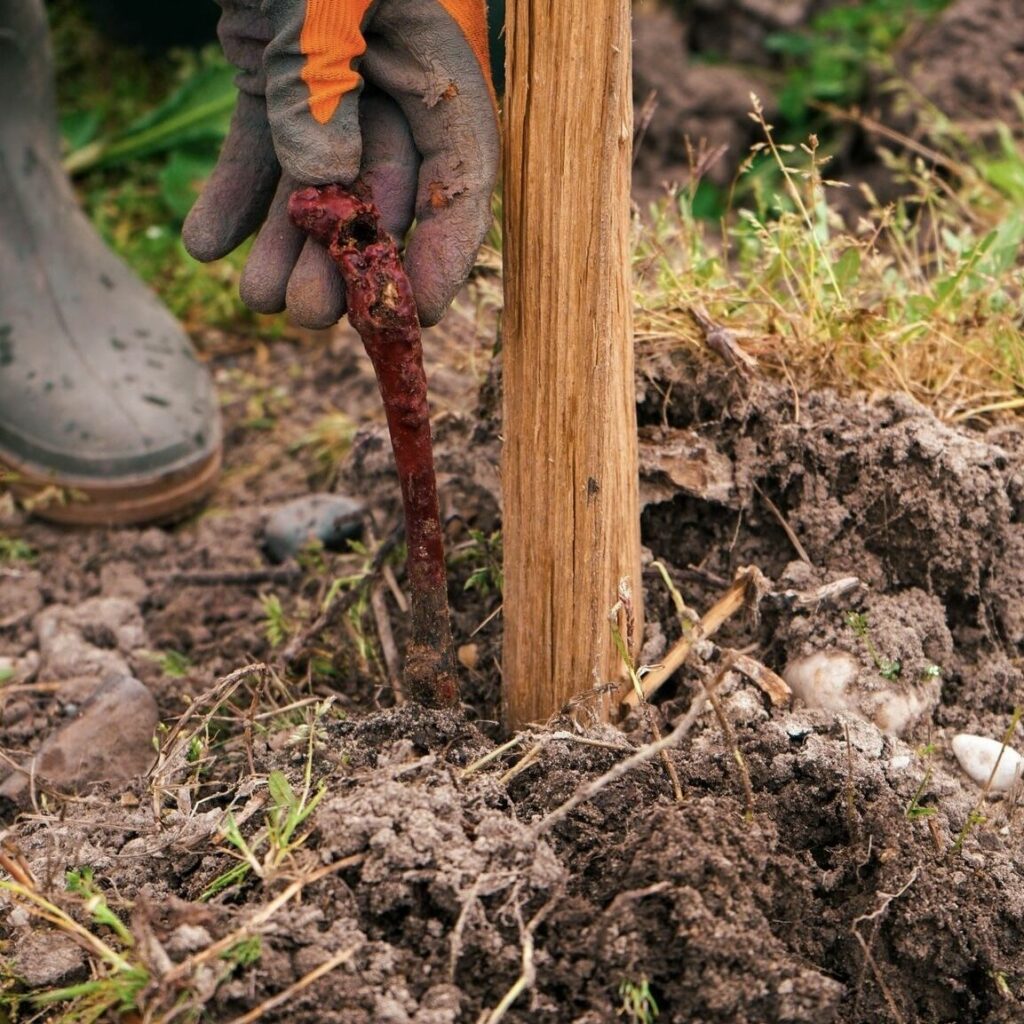Last week, our teams have been working on the complantation of some of our plots. What is complantation? What is it used for? In this article, Cantenac Brown provides an update on this technique used in viticulture.
What’s the complantation?
The complantation consists in replacing the vines which are too old, too damaged by time or affected by diseases, by young plants. It is an operation that requires time and attention.



Why do we need to use complantation in the vineyard?
First, the complantation allows to fight against the aging of the vine, which, with time, produces less and less leaves and grapes. Thus, the complantation gives a second breath to a parcel whose output decreased but which remains nevertheless promising. It will be necessary to wait at least three years before harvesting the fruits of these new plants. At Cantenac Brown the young plants are vinified separately and will be integrated into the first one only after ten years.
Then, the vine can be victim of different diseases such as esca or eutypiosis. Some wood diseases are due to the proliferation of fungus on the dead stocks. It is for this reason that it is imperative to get rid of them in order not to contaminate the whole vineyard.
Finally, the climate may be another cause of vine decline.


